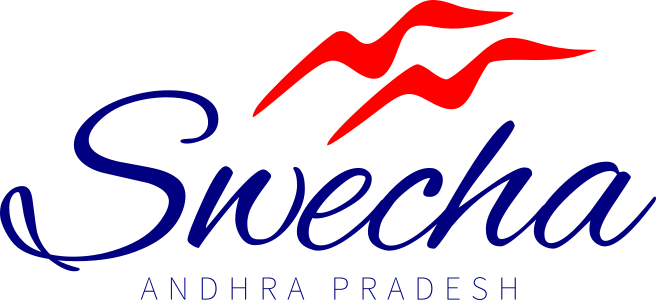This post was written as part of Summer Internship 2024
Imagine you’ve created a new software tool to help small businesses with customer support. You’re excited to share it with others, but you also want to make sure your hard work is protected and that people use it fairly. That’s where software licenses come in.
What is a Software License
A software license is a legal agreement between the developer or publisher of the software and the user. It outlines the terms and conditions under which the user can use the software. It may include restrictions on how the software can be used, how many users can use it, and for how long it can be used.
To ensure your software is properly licensed, certain conditions must be met. For example, having a product key doesn’t automatically mean you are legally allowed to use a given software. You also need to have all required documents that prove your software is licensed in a proper way.
Software licenses can take many forms:
Proprietary licenses, which restrict the user’s ability to modify or distribute the software, or Open-source licenses, which allow users to view, modify, and distribute the source code. Some software is freely available and can be used without any restriction, while others require the user to purchase a license or pay a subscription fee to use it.
Copyright and Copyleft are both forms of intellectual property law, but they operate in very different ways.
- Copyright is like a lock that gives creators control over their work. If you write a book or create software, copyright lets you decide who can copy, share, or change it. You can keep these rights or sell them to someone else.
- Copyleft is like a key that lets everyone use, change, and share a work freely. But if someone changes the work, they have to share their new version in the same open way. The most common form of copyleft is the General Public License(GPL), which is widely used in the open-source software community.
PROPRIETARY LICENSING VS. OPEN SOURCE LICENSING
Proprietary software licenses are like a set of rules that only allow the person or company who bought the software to use it. This means that the source code of the software is not available to the public, and the software cannot be modified or distributed without the permission of the copyright holder.
Example: Microsoft Windows is an example of a proprietary license. Users cannot reverse engineer or distribute the software.
In the 1990s, the Free Software Foundation came up with the idea of open-source software, which made the source code of a software freely available to anyone. This led to the development of the open-source software movement .
They created a license called the GNU General Public License (GPL), which is a widely-used open-source software license.
You must have seen these licenses on github while browsing repositories like in audacity we see the GNU(General Public License), in Flutter we see the BSD-3-Clause LIicense and in react we see the MIT License, all these licenses are considered open-source licenses.
Open-source software licenses allow anyone to use, modify, and distribute the software without restriction. The source code of the software is available to the public, and individuals and organizations are free to modify and distribute the software as they see fit.
Simply, proprietary software is like a fancy sports car that you can drive if you have the keys, while open-source software is like a public transportation system; anyone can use it freely, like hopping on a bus or a train.
If open source is free then why do we need a license for that?
Not all repositories have the same permissions . Open- source licenses specify what users are permitted to do with the software and what they are not, according to the terms and conditions.
Open-source licenses can be broadly categorized into copyleft and permissive
Copyleft
Software created using an open-source component with a copyleft license must be released as open-source as well.
Other developers have the right to use , modify and share the work as long as the work published had the same license.
Permissive
It is an open-source license that guarantees the freedom to use, modify, and redistribute the code and also you have a freedom to either make it proprietary or choose any kind of open source license.
Choosing the Right License
Choosing the right open-source licensing model is crucial for developers and businesses. It sets the terms for how others can use and contribute to their projects. The best license depends on your goals, values, and how open you want your project to be.
Protection of Intellectual Property: Decide if you want to keep your technology secret or make it open source.
Commercial Use: Consider if you want to use open-source software in commercial products and which license allows that.
Risk Analysis: Assess how the chosen license might impact your current and future projects.
The website https://choosealicense.com is a resource provided by GitHub to help software creators pick the right open-source license for their projects. It explains different licenses in simple language, telling you what you can and can’t do with your software. It’s like a guide to help you make your software is shared in a right way, legally and fairly. This helps creators understand the rules and make informed decisions when sharing their work with others.
Can open source companies still earn money?
There are several ways that open source software companies can earn money form customers while keeping the software open source:
Open source software companies can offer support and maintenance services, such as troubleshooting and bug fixing, to customers who use their software. These services can be offered on a subscriptions or one-time payments.
They create extra features that users can buy. These add-ons provide additional functionality, such as better security or more features, and are sold at a premium price.
Some may include ads in their products or on their websites to generate revenue.
A very good example of a profitable Open Source software company is Red Hat. Red Hat is a successful open-source software company. They focus on Red Hat Enterprise Linux (RHEL), a version of the Linux operating system made for businesses. The source code of RHEL is open-source, meaning anyone can view, modify, and distribute it. Even though RHEL is free, Red Hat makes money by offering support and services to customers who use it.
PDFCreator is a free product by PDFForge that also uses the GNU license. It also offers a summary by clearly indicating what a user may do:


